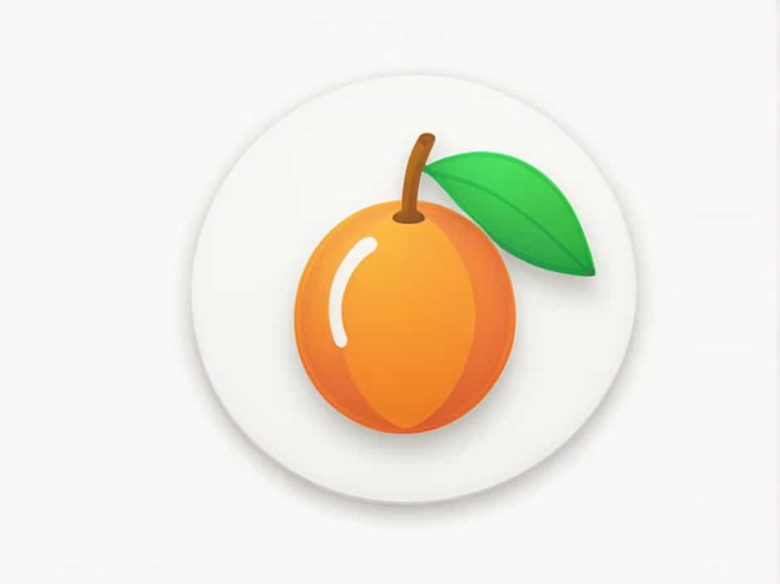Fruits come in various types classified based on their structure and development. One such category is drupe fruit a type of fleshy fruit with a hard seed inside. Drupes are widely found in different plant families and are consumed worldwide for their delicious taste and nutritional benefits.
This topic explores what drupe fruits are their characteristics examples and their significance in agriculture and human consumption.
What Is a Drupe Fruit?
A drupe is a type of fruit that has the following characteristics:
- A single seed enclosed in a hard woody endocarp (pit or stone).
- A fleshy middle layer (mesocarp) that is usually edible.
- An outer skin (exocarp) that may be smooth fuzzy or tough.
Drupes are sometimes called stone fruits due to their hard pits. They develop from a single ovary and are usually indehiscent meaning they do not split open when ripe.
Examples of Drupe Fruits
Drupe fruits are commonly found in different plant families and include many well-known edible fruits.
1. Common Edible Drupes
- Mango (Mangifera indica) – A tropical drupe with a juicy mesocarp and a large hard seed inside.
- Peach (Prunus persica) – A sweet drupe with a fuzzy outer skin and a single pit.
- Cherry (Prunus avium) – Small round drupes with a smooth outer skin and a stone-like seed.
- Plum (Prunus domestica) – A soft juicy drupe with a firm pit inside.
- Coconut (Cocos nucifera) – An unusual drupe where the hard endocarp forms the shell and the edible part is the seed inside.
- Olive (Olea europaea) – A drupe used for producing olive oil with a fleshy mesocarp and a hard pit.
- Apricot (Prunus armeniaca) – A small orange drupe with a sweet flavor.
2. Unusual and Lesser-Known Drupes
- Almond (Prunus dulcis) – Unlike other drupes the seed of the almond is eaten while the outer fleshy part is discarded.
- Walnut (Juglans regia) – Though commonly classified as a nut walnuts are technically drupes. The edible part is the seed inside the hard shell.
- Pistachio (Pistacia vera) – The pistachio nut is the seed of a drupe where the outer layer dries and splits open naturally.
Where Are Drupe Fruits Found?
Drupes are present in various climatic regions from tropical rainforests to temperate zones. Their distribution depends on the species and their adaptability to environmental conditions.
1. Tropical and Subtropical Regions
Many drupe fruits are native to tropical and subtropical climates where warm temperatures and humidity support their growth. Examples include:
- Mango (South Asia Southeast Asia South America)
- Coconut (Coastal regions of Asia Africa and Latin America)
- Olive (Mediterranean region Middle East and parts of California)
2. Temperate Regions
Some drupe fruits grow well in temperate zones requiring a distinct winter season for proper development. Examples include:
- Cherry (Europe North America and Asia)
- Plum (China Japan Europe and the U.S.)
- Peach and Apricot (Mediterranean countries the U.S. and parts of Australia)
The Importance of Drupe Fruits
Drupe fruits play a significant role in human consumption agriculture and industry.
1. Nutritional Benefits
Drupes are rich in vitamins minerals and antioxidants. Some key health benefits include:
- Mangoes – High in vitamin C fiber and antioxidants.
- Coconuts – Provide healthy fats and electrolytes.
- Cherries – Contain anti-inflammatory compounds that help reduce muscle soreness.
- Almonds and Walnuts – Rich in healthy fats and protein beneficial for heart health.
2. Economic Value
Drupes contribute significantly to global agriculture and trade. For example:
- Olive oil production is a billion-dollar industry especially in the Mediterranean.
- Coconut-based products (oil water milk) are widely used in food cosmetics and medicine.
- Almond and walnut farming supports economies in California Spain and Iran.
3. Culinary Uses
Drupes are versatile in cooking and food production. They are used in:
- Fresh consumption (e.g. peaches cherries mangoes)
- Processed foods (e.g. jams dried apricots coconut milk)
- Beverages (e.g. cherry juice almond milk coconut water)
- Desserts (e.g. mango cakes plum tarts pistachio ice cream)
Drupe fruits are present in various climates from tropical rainforests to temperate regions. They include many popular fruits like mangoes cherries peaches plums olives and coconuts as well as lesser-known drupes like almonds and walnuts.
These fruits provide essential nutrients economic benefits and culinary versatility making them an important part of global agriculture and diets. Understanding their characteristics and significance helps us appreciate their role in nature and human consumption.



